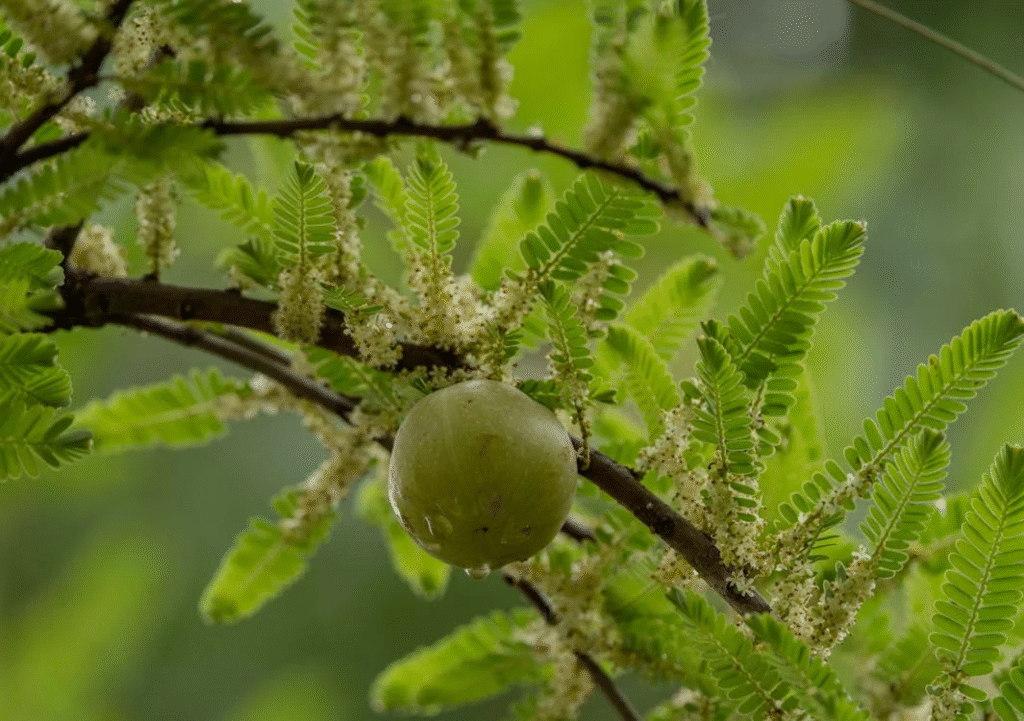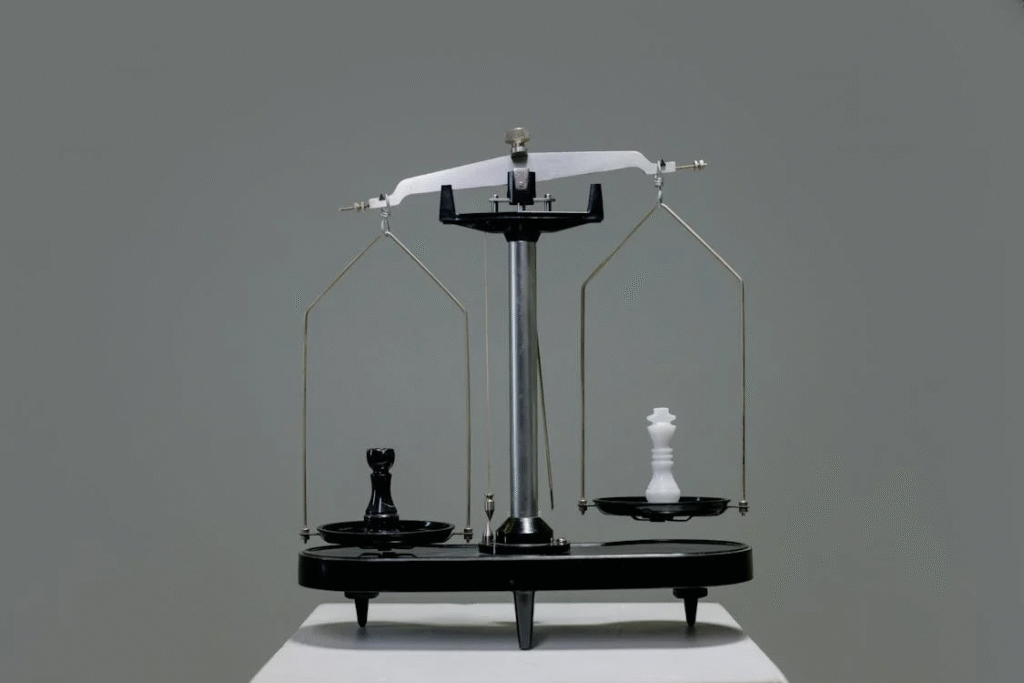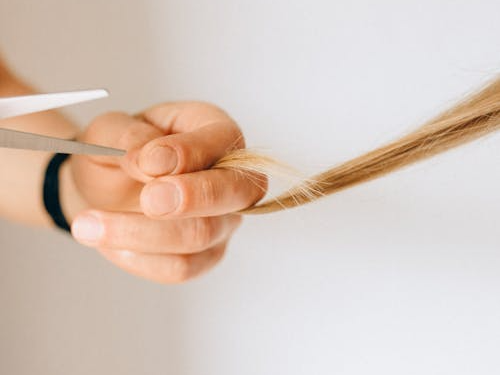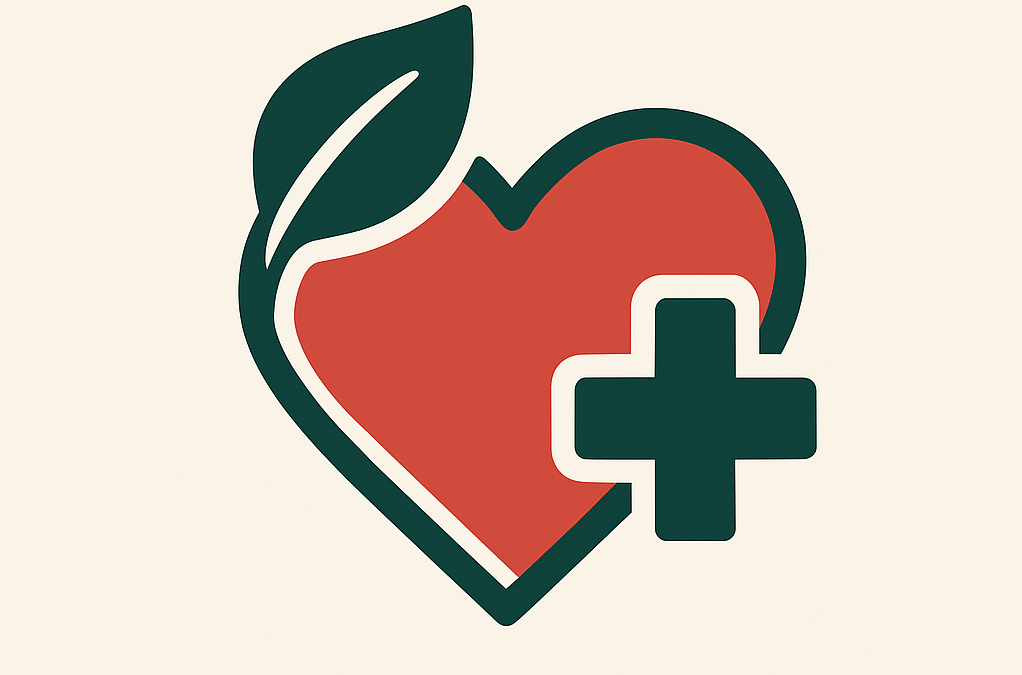Wisdom of Ayurveda with modern insight: All for for your precious mane!
Introduction
Long hair is a dream of many. Some are genetically blessed with long hair while some are not.
Isn’t that convenient? You either have it or you don’t!
Let it be known that genetics do not work in isolation. It depends on multitude of other factors like diet, nutrition, and what products you put (or don’t) on that hair.
Your environment also plays a crucial role in hair health. Lets unpack each factor one by one.

What is the “actual” role of genetics?
Genetics determine a lot of physical and psychological aspects of your being. It is something that got passed to you by your ancestors.
It is fascinating to think that how many people have actually contributed in how you look, feel and move through this lifetime. Your parents, grandparents and countless ancestors you’ll never meet!
But as far as hair is considered, do genetics play a role that evident? Or is that just a convenient explanation we throw around? And, more importantly, what does the science actually say?
In modern science, genes decide everything from the number of hair follicles you’ll have to how long each strand can grow before it naturally sheds. In Ayurveda, this is similar to your Prakriti, your inborn constitution.
Your genes determine:
- Follicle count and shape (straight, wavy, curly).
- Strand thickness and texture.
- Growth cycle length (some can grow hair for 7 years before shedding; others only 2–3).
- Hormonal sensitivity that can influence thinning.
So, it seems you can’t do much about genetics yet
Read on to know what you can actually control.

Let’s speak of the elephant in the room first.
Your hair is always growing — then why doesn’t it look longer?
Your hair, like your nails constantly grows with an average of half an inch per month. Then why doesn’t it look longer or feel fuller?
That’s where modifiable factors come into play. These factors can influence how your hair grows and stays on your head, rather than ending up in your comb.

1. Nutritional Gaps
Keratin, which is a type of protein makes the major part of your hair. So, by rule it needs a constant supply of amino acids and nutrients to grow strong and healthy. Deficiencies in protein, iron, zinc, vitamin D, or B vitamins can slow growth, cause thinning, or make hair brittle.
In Ayurveda, Rasa Dhatu, the initial product after digestion, affects the hair vitality. Also it is considered as a byproduct of Asthi Dhatu (bone tissue). If your diet is continuously low in factors which promote Rasa Dhatu and Asthi Dhatu, you are bound to loose hair.
Foods for Rasa Dhatu & Asthi Dhatu
For Rasa Dhatu:
Rasa is the very first Dhatu and the foundation for nourishing all the remaining six. It is light, fluid, and closely linked to hydration and overall vitality. To keep Rasa balanced, focus on:
- Fresh, seasonal fruits
- Light forms of dairy like freshly set curd or freshly boiled Cow’s milk
- Eating on time according to your Agni. (What is Agni???)
- Following Ritucharya (seasonal routines) to stay aligned with nature
- Herbs like Amalaki (indian gooseberry), Madhuka (licorice), Shatavari (wild asparagus) etc.

For Asthi Dhatu:
Asthi Dhatu (bone tissue) is hard, strong, and depends on a steady supply of minerals. To strengthen it, include calcium- and phosphorus-rich foods such as:
- Sesame seeds , leafy greens, and mineral-rich legumes
- Ragi (finger millet) — rich in calcium, tasty, and easy to add to meals
- Milk and all kinds of milk products
- Masha (black gram)
- Herbs like Ashwagandha (winter cherry), Gokshura (devil’s thorn), Bala (country mallow), Asthishrinkhala (devil’s backbone) etc.

A little reminder:
Hair is considered a Mala (by-product) of Asthi Dhatu, meaning your body will prioritize bone health over hair growth if nutrition is lacking. In short, if your Rasa is nourished and Agni is efficient, your Asthi will get the minerals it needs, and your hair will get its share too.
Stronger bones= healthier hair!
Don’t Overload a Weak Agni :
When your Agni is weak, heavy mineral-rich foods or dairy or even otherwise wonderful herbs can do more harm than good. Instead of building strength, they may turn into Ama (toxins). And trust me, Ama isn’t something you would want to hang on to. Build up your Agni first, then welcome those nutritionally dense foods for lasting overall health.
2. Are you oiling your hair right?
Oil is a generational gift — not only for your hair, but also for your skin, joints, and even teeth!
When someone says, “Oil your hair,” a piece of advice you’ve probably heard more than once. What comes to your mind? Choosing the right oil? Light or heavy? Organic cold-pressed or a fancy serum?
(Psst….your hair will thank you more for a light, nourishing oil than for any fancy serum)
But the real question is: Where should you put that oil?
Here’s the truth.
Your scalp naturally produces oil through sebaceous glands. You can even feel it if you have an oily scalp. But your hair shaft? It’s basically dead tissue. It doesn’t receive nutrition once it grows out of the scalp.
Hair grows in phases, and when the time comes, it will shed ,a process largely influenced by genetics. Still, the ends of your hair are years older than the strands near your scalp, which means they’ve been through more wear and tear. Protecting them is the key.

So the next time someone says “oil your hair,” remember to oil your ends, too. Every night you can take a few drops of any light oil of your choice and apply at your mids to ends. You will notice your hair first starts feeling fuller and eventually longer.
However, that doesn’t mean you should ignore your scalp. In fact, Ayurveda does recommend Shiro Abhyanga (scalp oil massage).
If you want you can have a proper head massage with a suitable oil once a week and keep the oil on for a few hours. If your scalp is naturally oily, leaving oil on for too long or using heavy oils too frequently can actually clog follicles and backfire.
Your roots anchor you, but your ends need the love too—oil them daily!
3. Dosha Imbalance and stunted growth: When Balance Breaks
Ayurvedic classics emphasize greatly on mental and physical Doshik harmony.
Vata , Pitta and Kapha, all three are responsible for hair health and otherwise.
Along with Manasika Dosha may also contribute in the form of excessive stress, anxiety which again has a negative effect on hair cycle.

Vata (Air+Space element)
Vata is responsible for hair growth by providing proper circulation of nutrients and keeping it flowy. Excess may cause rough and frizzy hair. Obstruction to the flow of Vata, may lead to dry, lustre less, limp hair.
Pitta (Fire +Water element)
Pitta is responsible for the colour of your hair. However, too much of it can cause premature greying and hair thinning at the crown.
Kapha ( Earth+ Water element)
Kapha maintains the moisture content on your scalp. Keeps the hair well rooted and nourishes scalp. Too much of it can lead to clogged follicles, thus hair shedding and flat hair.
In a nutshell, hair health is supported by the balance of all three Doshas. Vata enables nutrient flow and growth cycles, Pitta maintains pigment and follicle vitality, and Kapha provides strength and nourishment
Be the detective of your own hair. Notice the changes:
- Hair suddenly dry and frizzy? Vata is high → Nourish with warm, light oils.
- Grey strands popping up faster? Pitta is high → Cool it down with herbs like Amalaki.
- Hair feeling heavy, oily, or shedding more? Kapha might be up → Opt for lighter oils and regular scalp cleansing.
If the issue is severe or stubborn, see a trained Ayurvedic doctor for a treatment tailored to your Prakriti (natural constitution)
4. Too frequent trims? Here’s the downside
Have you heard this that you need to trim your hair ends to get rid of split ends? Because they can travel up your hair shaft?

This is partly true but over generalised. Not all of us use a lot of chemical or heat styling tools daily. Then how can your trimming needs be similar to someone who has an entirely different hair game than you.
It is often recommended to get a hair trim one in two-three months.
But, if your goal is hair growth then it won’t sit right for you. It’s simple math , you know your hair grows up to half an inch per month and if you cut it every other month say an inch or so, then what’s the final result?
So, what’s the net gain? Yep-Negative!
Its like trying to be rich by spending more money! Doesn’t work, right? But if you invest your money smartly, it grows. Similarly, you invest time, a little money and some attention to your tresses and you will thank yourself that you started.
So does it mean you should never trim? Split ends do happen but if you follow the above steps it is very unlikely, even if they appear all you have to do is to get a trim once in six months or go up to even a year.
5. Stop Daily Damage- don’t let your hair split
This is one of the most important steps we tend to ignore. We focus so much on “hair growth” that we forget how much damage we do on a daily basis ,often without even realising it.
Stop Damaging What You’re Trying to Grow
Small habits like:
- pulling your hair back too tightly,
- keeping it open all the time,
- washing too often (or too rarely),
- using heavily scented or harsh products
…might seem harmless, but over time they weaken the hair shaft.

And what happens then?
Your hair starts looking dull, rough and lifeless and someone tells you to trim again. If you’ve changed your habits and can actually protect it this time, fine, trim it. But if nothing changes, you’re just cutting off length again and again… and getting nowhere.
Hair is dead tissue, so you can’t “repair” it , especially split ends. The only real solution is to protect it before the damage even begins.
Prevention is your biggest growth hack.
# Bonus- The Lifestyle Your Hair Secretly Judges
Poor sleep, irregular meal timings, and no movement..at all? Or possibly an overly stressful life? – even Rapunzel’s hair would protest!
Always keep your stress levels in check. I know it is easier said than done but whenever you notice, you are worrying too much about anything, take a step back and assess.

So:
- Try to stick to a daily schedule that honours your circadian rhythm
- Add Yoga, walking or occasional running
- And whenever you catch yourself spiralling in stress — pause, breathe, reset.
Conclusion: Grow What You’ve Been Given Wisely
You don’t need magical genes or an expensive hair serum to grow healthy, beautiful hair. What you truly need is a combination of internal nourishment, balanced Doshas, and the discipline to stop sabotaging your own strands.
- Genetics set the starting point, not the full story.
- Your lifestyle, nutrition, and mindset do the rest.
- And no amount of trimming or expensive products can fix what daily damage keeps destroying.
Bottom line is :
Honour your Agni, feed your Rasa and Asthi Dhatu, treat your scalp like fertile soil, and respect your hair like a delicate fabric, not a dead rope you’re allowed to abuse daily.
When you take care of your body, your hair will grow as a side-effect of health, not as a separate project that drains your wallet.
So the next time someone says, “Your hair looks so healthy!” Because you’ll know…. it wasn’t luck. You earned it.
If you found this helpful, share it with someone who needs to stop trimming away all their effort!
